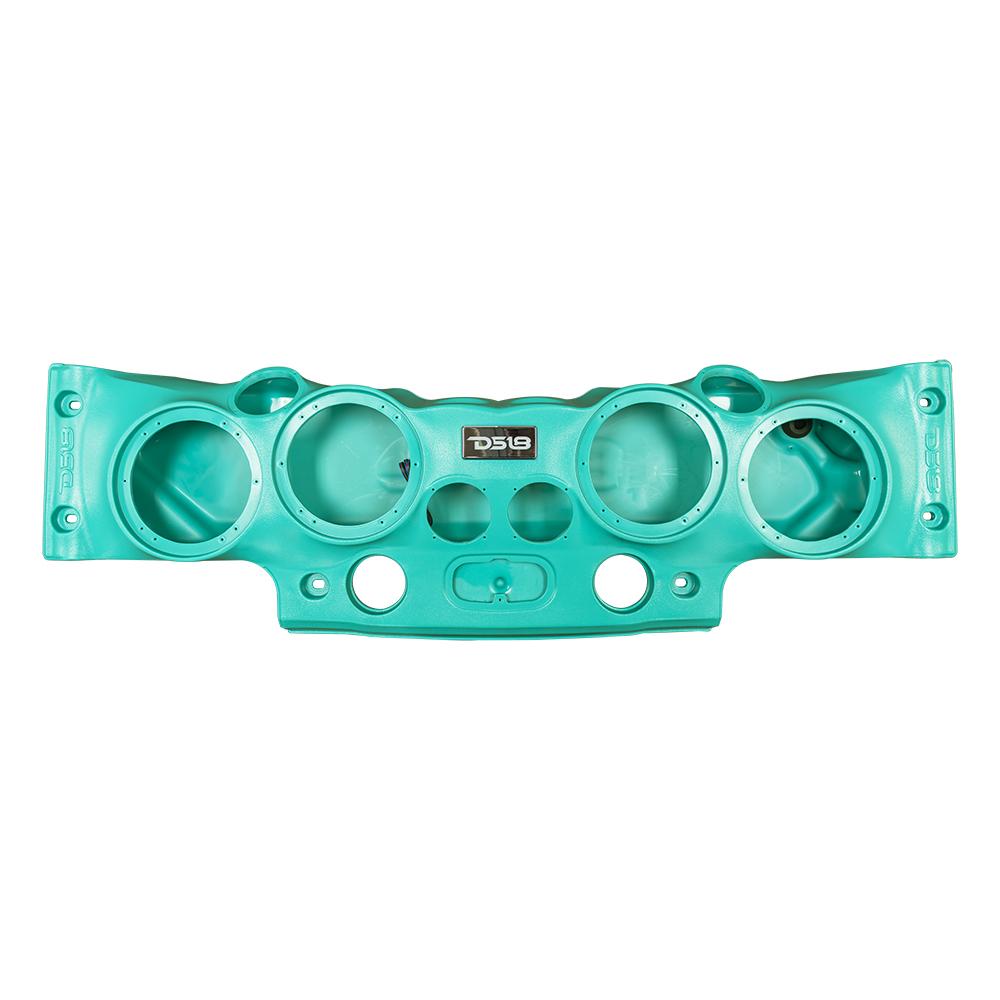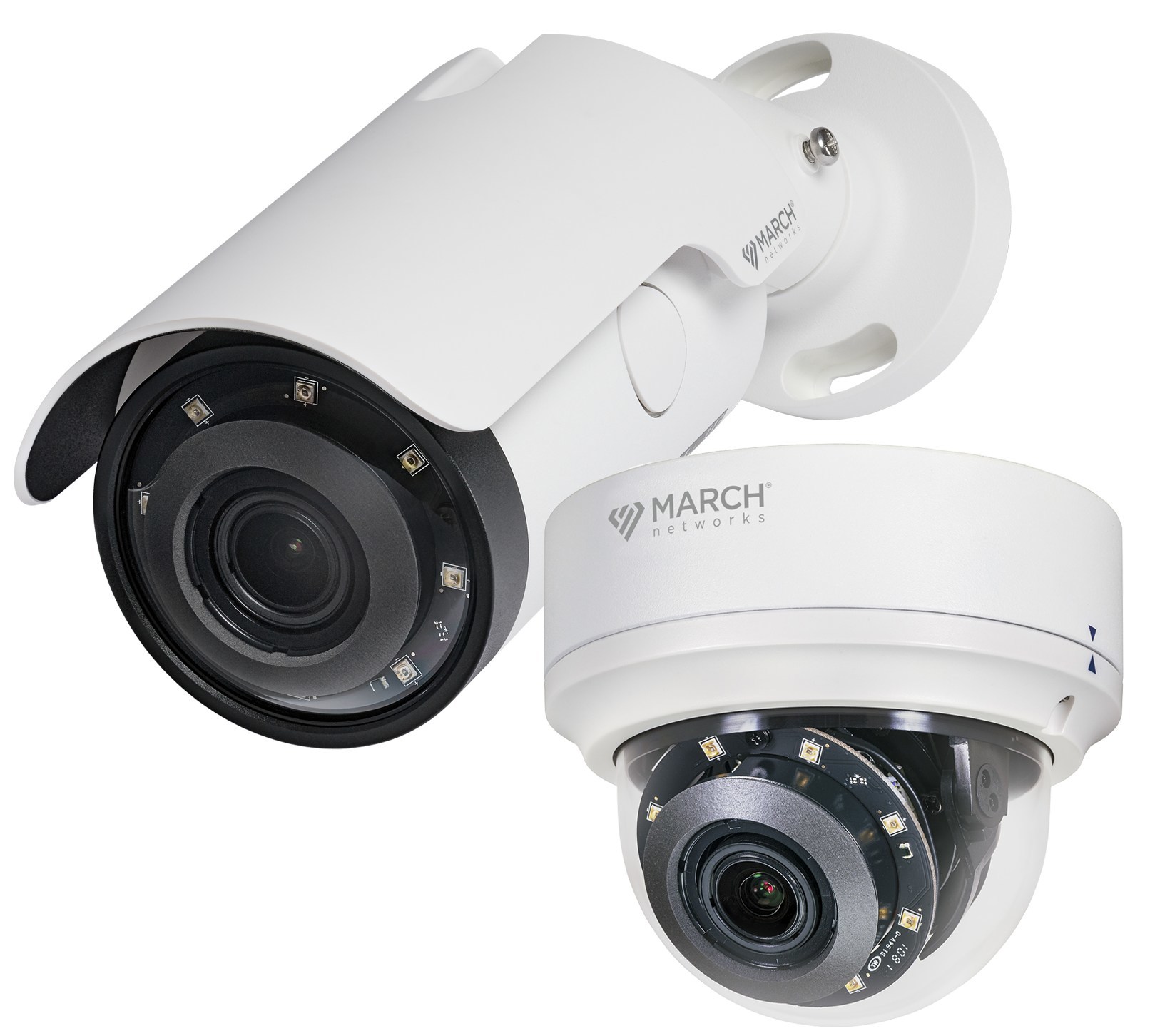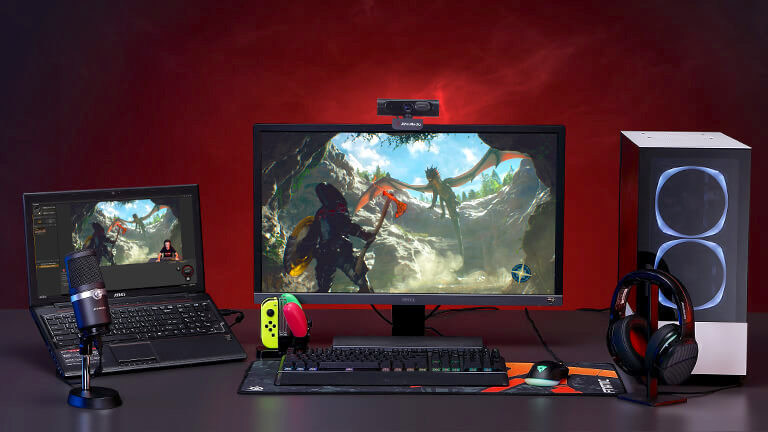Press Releases
Watch a Night Flight – Xodiac Preps for Nighttime Precision Landing Challenge

| Astrobotic’s Propulsion & Test department flew Xodiac, a vertical-takeoff, vertical-landing (VTVL) reusable terrestrial rocket, for its first-ever night flight. The tethered night test prepared Xodiac for upcoming flight testing with the NASA TechLeap Prize’s Nighttime Precision Landing Challenge, managed by NASA’s Flight Opportunities program. TechLeap is designed to rapidly identify and develop technologies of interest to the agency using a series of challenges, and the Nighttime Precision Landing Challenge will test the ability of three winning payloads to map a lunar surface for navigation in near-total darkness. Flight for TechLeap are slated to begin in April, continuing Xodiac’s flight heritage of over 160 successful flights. The Nighttime Precision Landing Challenge flights will also mark the debut of Astrobotic’s Lunar Surface Proving Ground (LSPG), a high-fidelity 3D test field that will mimic the topography and optical properties of the Moon’s surface. The size of two football fields, the LSPG will provide a unique simulated lunar topography to enhance the realism of payload flight tests aboard Xodiac. “We’ve been rigorous in our preparations for the TechLeap flights,” said David Masten, Chief Engineer for Astrobotic’s Propulsion & Test Department, “The teams will demonstrate their systems over the LSPG at night to simulate landing on the Moon during the lunar night or in shadowed craters.” The winning challenge teams—the Bronco Space Club at Cal Poly Pomona, Falcon ExoDynamics, Inc., and the University of South Florida Institute of Applied Engineering—have developed promising systems to detect hazards from an altitude of at least 250 meters and process the data in real-time to help spacecraft land safely in the dark. Xodiac will provide these teams an opportunity to demonstrate their systems in a realistic night-flight environment aboard an actual rocket lander. These TechLeap payload flights will be Xodiac’s first major flight campaign of 2024. Xodiac is also scheduled to fly campaigns this year for NASA’s TechRise Student Challenge, Draper, San Diego State University, and Astrobotic’s Robotics & Surface Systems department. The latter campaign will test Astrobotic’s novel hazard detection and avoidance system that will help guide its Griffin lander to a soft landing on the Moon’s south pole. |
| About Astrobotic Astrobotic is the Moon company and more. We develop key technologies for space exploration, including lunar rovers, landers, and infrastructure, and spacecraft navigation, machine vision, and computing systems for in-space robotic applications. To date, the company has been contracted for two lunar missions, and has won more than 60 NASA, DoD, and commercial technology contracts worth more than $600 million. We recently launched the first American lunar lander mission since the Apollo Program and are contracted to deliver NASA’s VIPER rover to the south pole of the Moon on our second lunar lander mission. Beyond pioneering lunar exploration, Astrobotic develops and operates reusable VTVL rockets and advanced rocket engines. Astrobotic was founded in 2007 and is headquartered in Pittsburgh, PA, with a propulsion and test campus in Mojave, CA. www.astrobotic.com More About Astrobotic’s Xodiac Xodiac is Astrobotic’s fourth-generation VTVL rocket lander and the fifth in the Astrobotic/Masten line of VTVL rocket vehicles. It has successfully flown over 160 times and has provided flights for commercial customers, universities, and NASA Flight Opportunities since 2016. Xodiac offers a realistic simulation of the entry, descent, and landing of a lunar or planetary lander as well as an industry unique closed-loop testing capability that allows customers to validate new technologies on Earth before they’re used in space. Astrobotic provides end-to-end payload development and delivery services. As companies, governments, universities, and non-profits build out systems to prepare for flights to the Moon, Xodiac offers the first terrestrial on-ramp to test science instruments, exploration systems, technology demonstrators, and other payloads on a lunar or planetary descent trajectory in preparation for future missions. Once tested on Xodiac, Astrobotic’s Peregrine and Griffin landers provide delivery service to the Moon, and the company’s CubeRovers provide mobility to operate across the lunar surface. |





